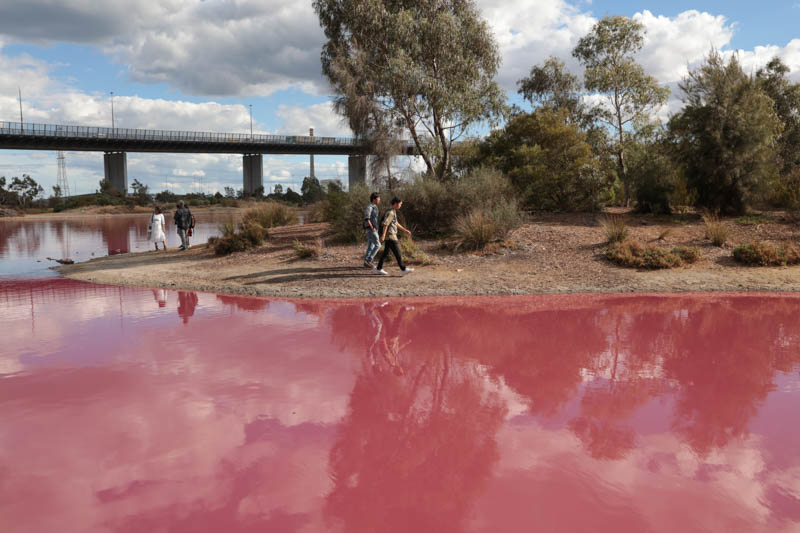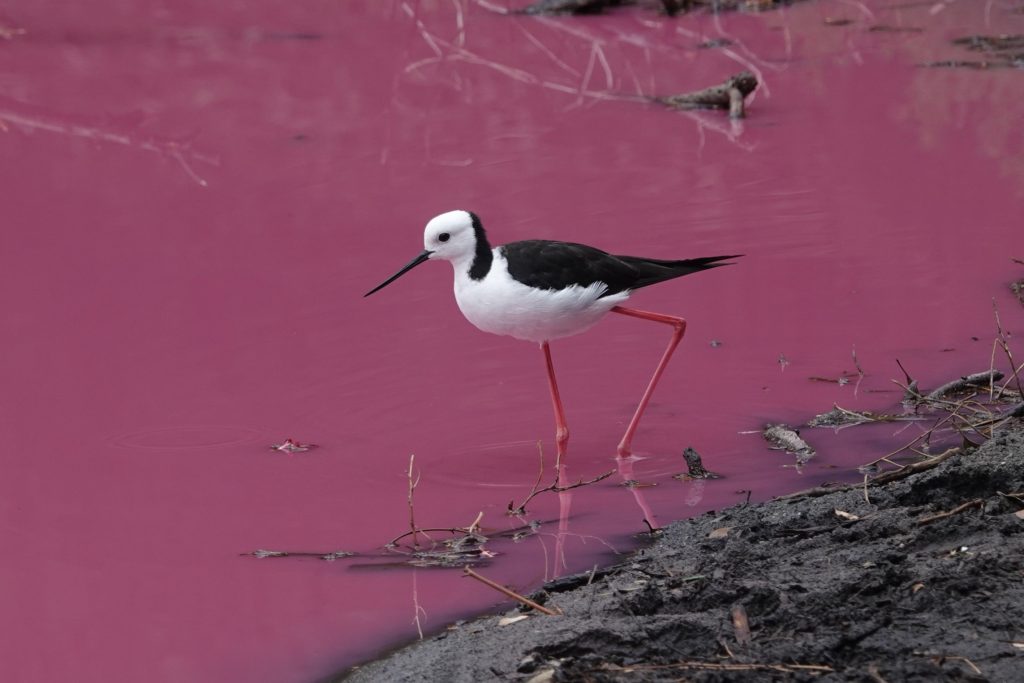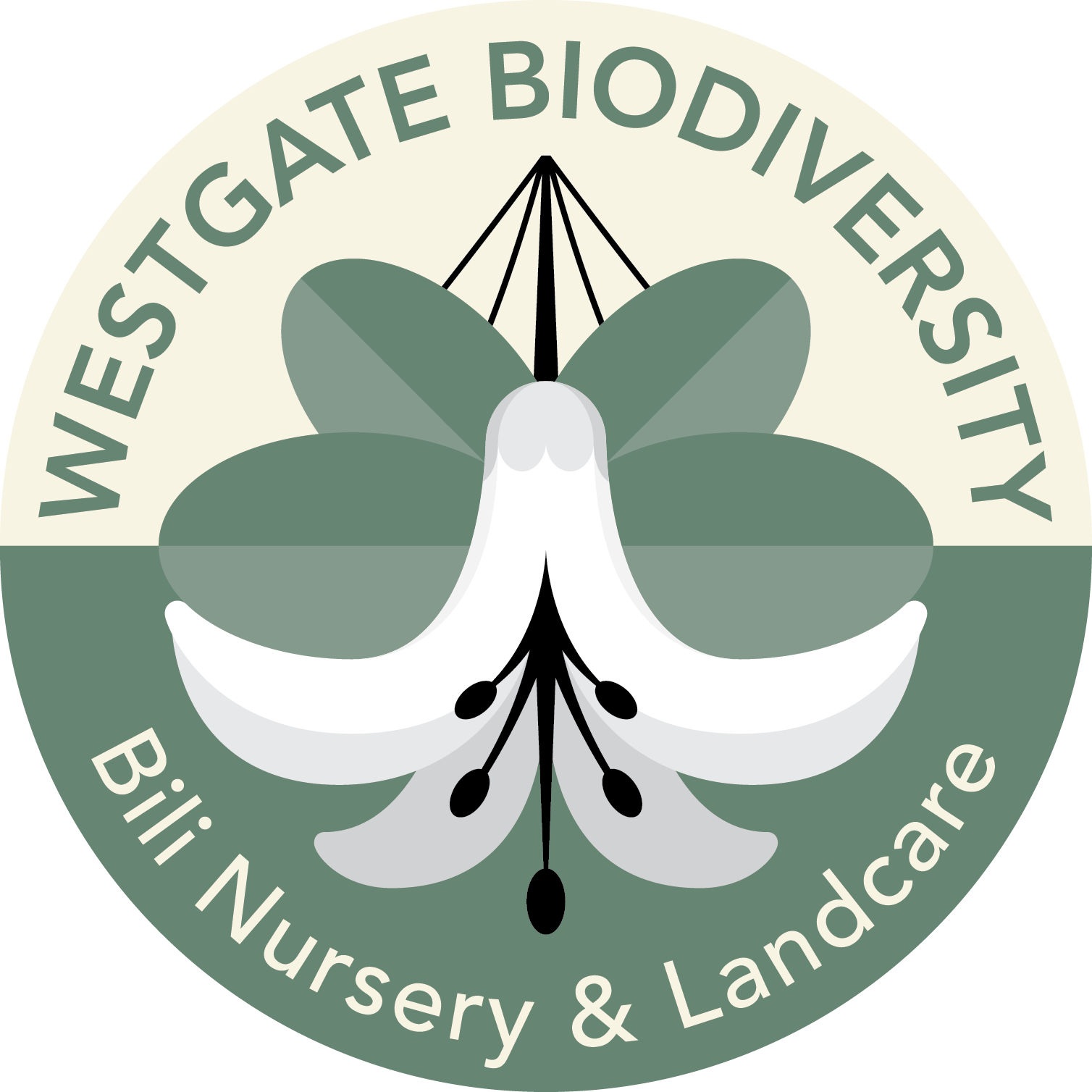Pink Lake story

See the DELWP Biodiversity webpage under ‘Protecting the Pink Lake’ for the story of conservation and crowd control at the lake last year with quotes by our David Sparks.
With the hot dry start to summer the salt lake turned pink again in early January but we still don’t have boardwalks in place so please take care to not trample the saltmarsh vegetation around the lake edge.

Here’s the text:
Protecting Melbourne’s Insta-famous pink lake: Volunteers mix conservation with crowd control
When Westgate Park’s lake turned hot pink this February, it quickly trended as Australia’s hottest Instagram destination.
But behind the tens of thousands of social media selfies, a small team of dedicated environmental volunteers quietly toiled to protect this incredible wetland on the city’s doorstep.
Around 20 volunteers with the Westgate Biodiversity Bili Nursery and Landcare group suddenly found themselves in scenes more reminiscent of a daily, never-ending music festival, than a quiet inner-suburban park.
Together they clocked around 1500 volunteering hours in March, alternating conservation with crowd control.
Westgate Biodiversity’s manager David Sparks said the task was far greater than their three paid staff could manage.
‘Some days it was 1500 people, 1500 the next, it kept coming and rising,’ David said.
‘We have a great group of volunteers who work with us year-round on conservation and re-vegetation across 40 hectares, and suddenly it was all hands on deck doing all manner of tasks.’
Volunteers began producing signs for visitors, explaining what they knew about why the lake was turning pink (high heat, low rainfall is the start of the process), and collecting rubbish in every spare moment.
They worked to keep people from standing in the lake and tried to protect native vegetation against the crowds. Unfortunately and despite their best efforts, much of the recently planted saltbush was trampled and destroyed.
And while the impact on vegetation was upsetting for David and his group, the pink lake’s popularity has provided huge opportunities for the park to educate visitors more broadly about nature and conservation in the future, he said.
‘We’ve got 150 species of birds here and amazing plants we’d love for people to experience while they’re here,’ David said.
‘And because it’s likely that the lake will turn pink again next year, we’re now sitting down with Parks Victoria to look at a way forward. This includes possibly building a boardwalk to protect the vegetation, improving signage about the lake and its colour process and creating other designated visitor facilities and areas.’
